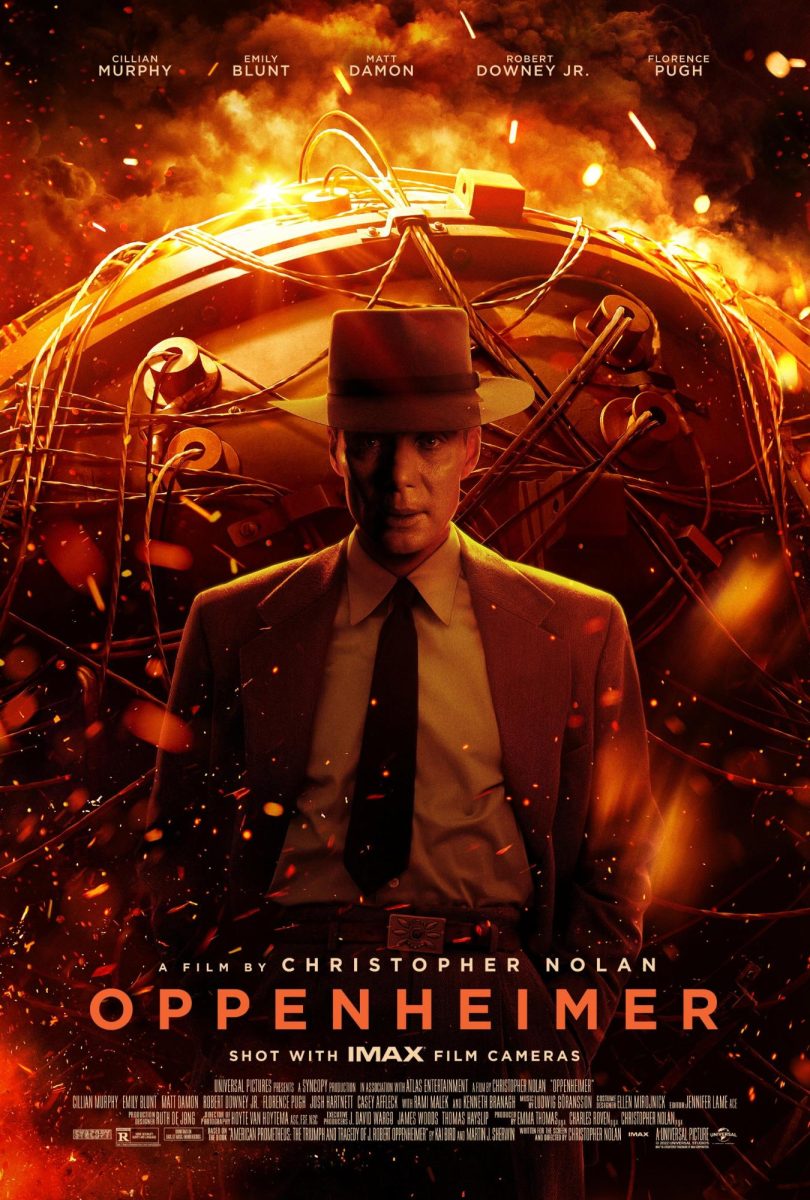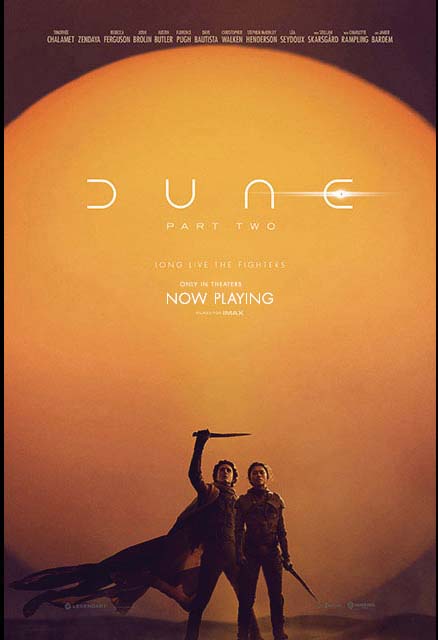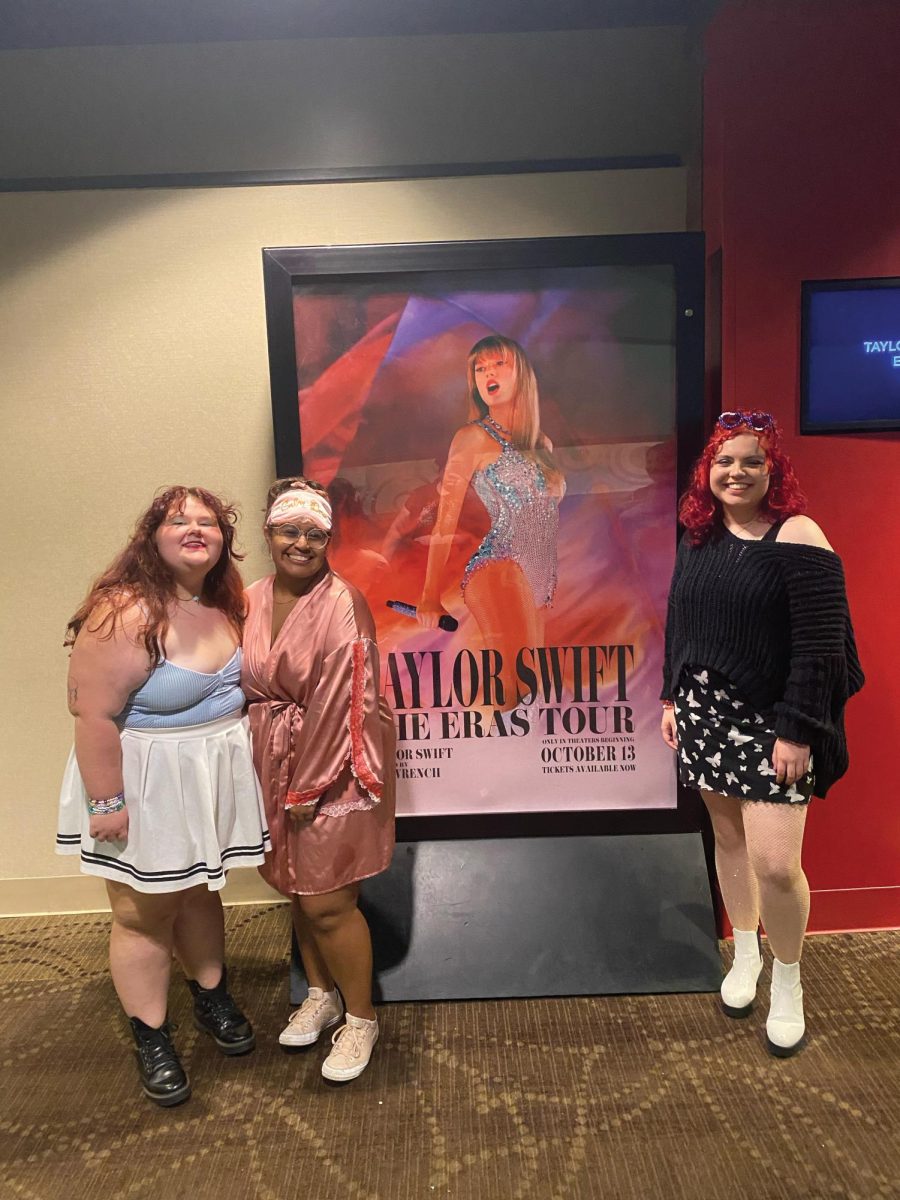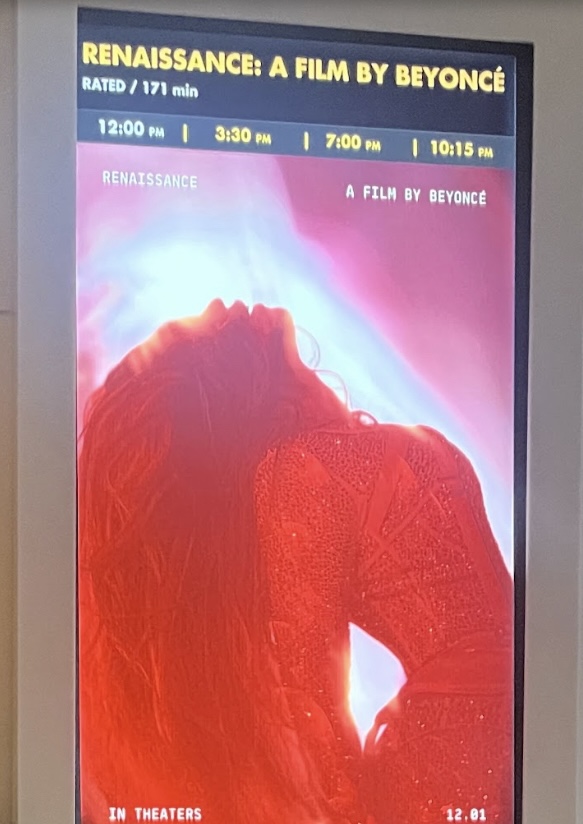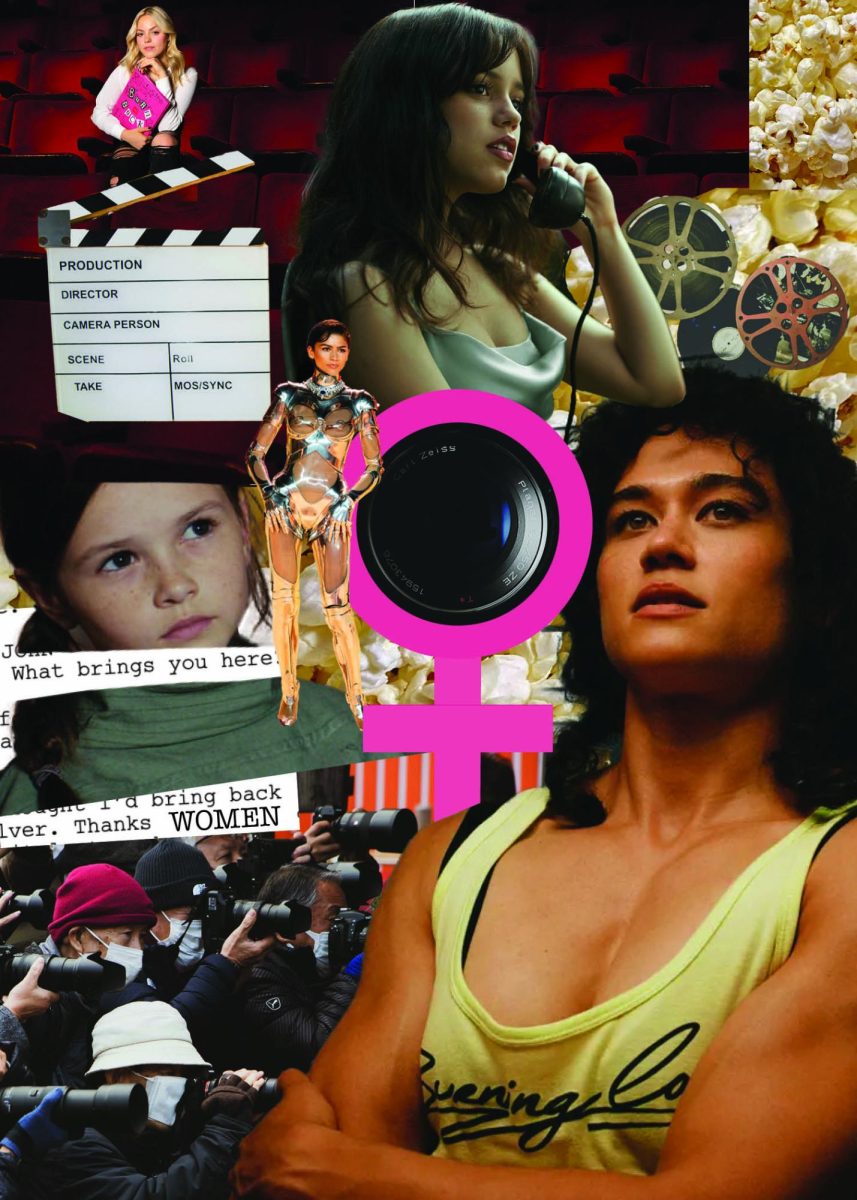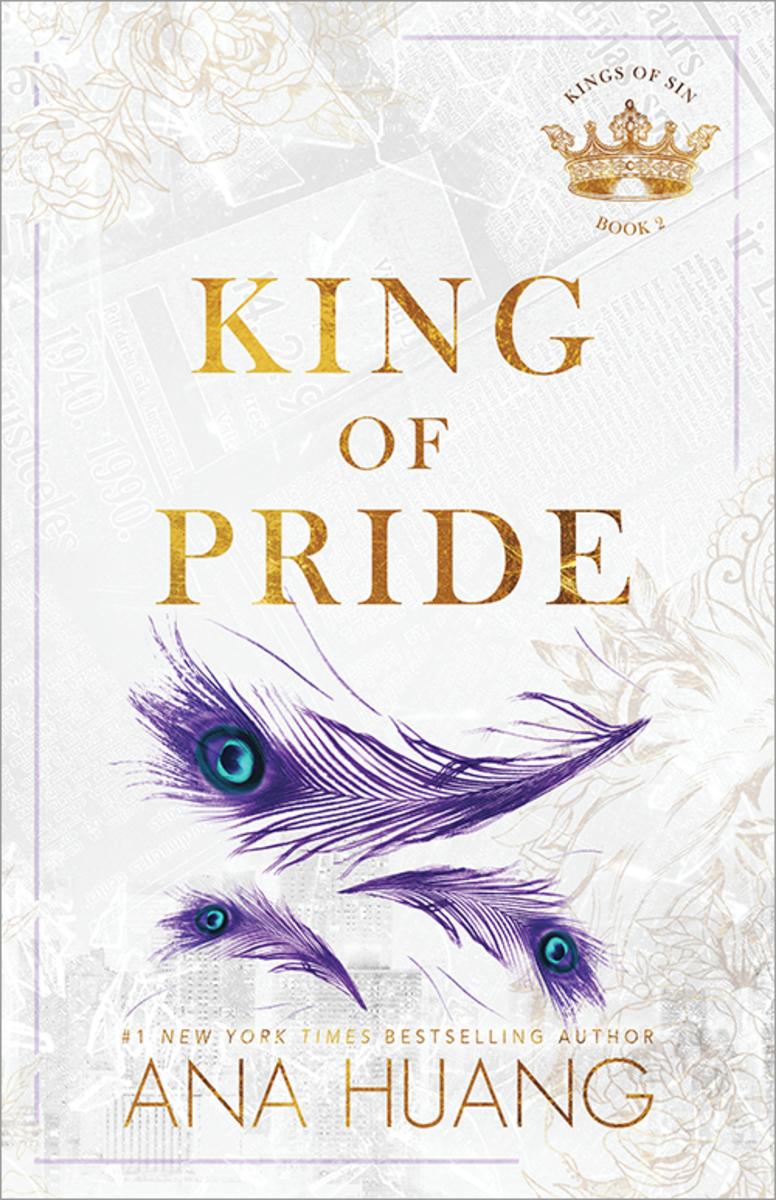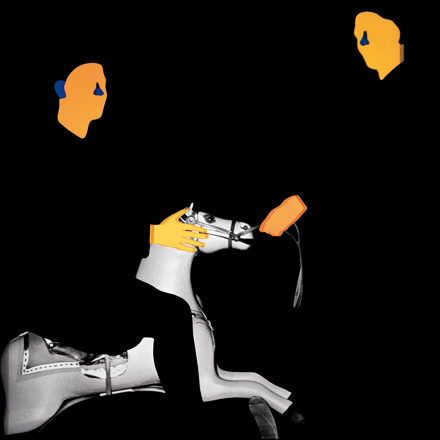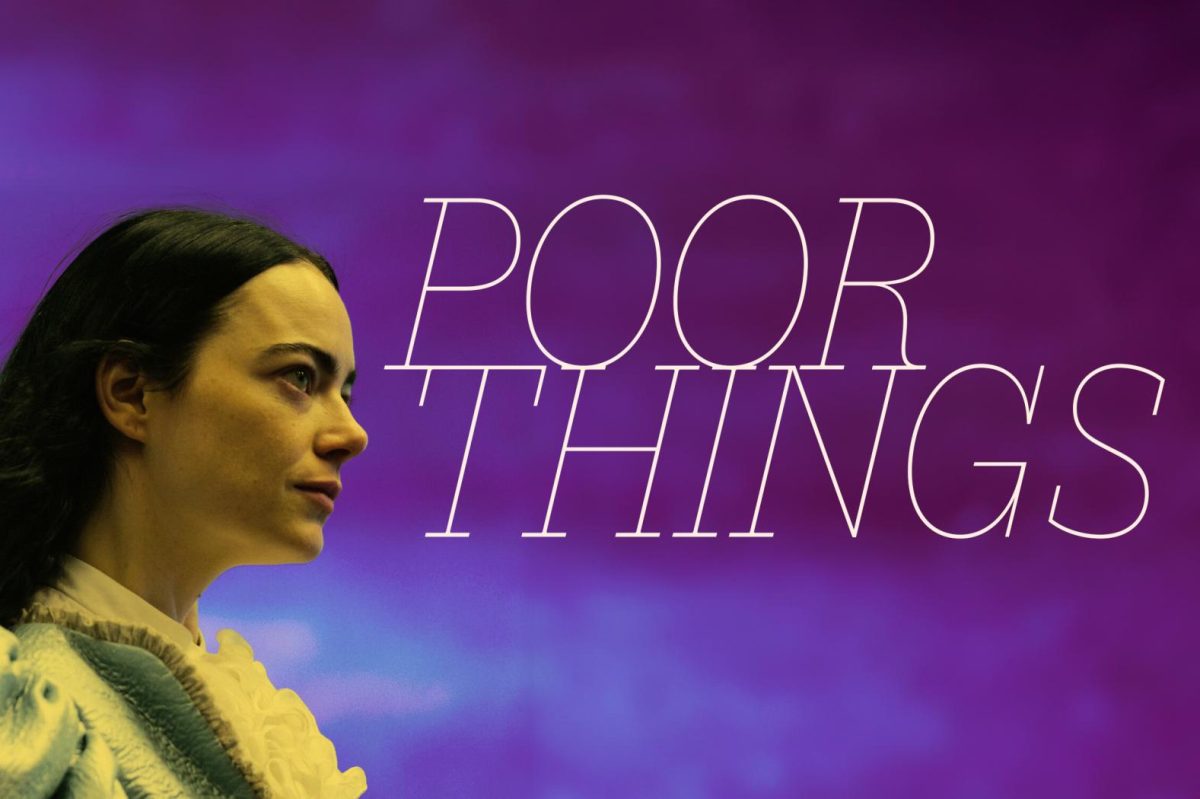A star-studded cast backed by Christopher Nolan had audiences expecting a box office success. But what sets this film apart from the rest of the biopics that have been taking over the industry in the past few years?
“Oppenheimer” and “Barbie” both premiered on July 21st. However, nothing really ties these two films together besides the fact that their portrayals are polar opposites. This phenomenon led to over $235 million in sales for domestic box offices, helping movie theaters make the ultimate comeback ever since their decline during COVID-19. But could “Oppenheimer”, an intense 3-hour film about the Father of the Atomic Bomb, compete with a philosophical, cult classic-type like Barbie? The answer is yes.
Cillian Murphy, known for being in several other Christopher Nolan films such as “Dunkirk” and “The Dark Knight”, brings this film home with extensive character research and stellar acting choices. In an interview, Murphy said that he learned at least 30,000 words of Dutch for a single scene in the film. He also lost an immense amount of weight to appear more like the real J. Robert Oppenheimer.
As with any Christopher Nolan film, “Oppenheimer” is fleshed out and detailed. Nolan is known for aptly focusing on his starring roles and captivating audiences with the depiction of their internal thoughts and feelings. This is best shown in “Oppenheimer” as we see Murphy experiencing severe internal anxiety and moral dilemma from the decisions he, as Oppenheimer, has made. The clapping audio that increasingly intensifies is later revealed as the crowd clapping for Oppenheimer while he gives a speech following the Japan bombings.
This film’s subtlety is just as compelling as its story. A good example is how the film–like the book its is based off of–recounts the bombing announcement through the radio, rather than with visualization of the genocide. The only visualization we are given is much later in the film during Oppenheimer’s major hallucination during his speech, where he sees a burn victim and a young woman mourning over her dead partner.
The destruction being represented this way was more impactful than multiple shots of mass genocide could ever be, for we see the perspective of those alive who are experiencing this event, rather than an objective view. Plus, witnessing gory detailed shots of nuclear victims doesn’t fit the tone of this film and would be ultimately jarring for audiences in this case.
Another example of subtlety is the first conversation between Oppenheimer and Einstein (Tom Conti) witnessed by Lewis Strauss (Robert Downey Jr.). We, like Strauss, are unable to hear what the two are conversing about, but this scene launches the catalyst of distrust that Strauss has for Oppenheimer, following the smart comment Oppenheimer made about Strauss’s upbringing.
By the end of the film, we find out that this conversation had nothing to do with Strauss, but are we as an audience feeling the way Strauss felt? Now that we understand what was being said, do we have more trust for Oppenheimer?
The perspective changing between black-and-white and color was one of the most apparent aspects of the film. The black and white represents objective perspective whereas the color represents subjective. We see this difference reflected in the characters as well. Strauss sees the world in black and white, whereas Oppenheimer sees the possibilities of the world in a more colorful perspective. The fact that audience members can go home and debate the meaning of the use of black and white versus color only adds to the subtle flavor that Nolan weaves throughout this film.
By the end of the film, are we on Oppenheimer’s side? We have witnessed several perspectives that allow us to sympathize with him and others that make us question his motives. The film shows in Oppenheimer’s perspective that he is experiencing intense moral dilemma, but we still see his actions representing the opposite at times.
Overall, the film wants us to see Oppenheimer’s perspective and make a decision for ourselves whether we believe his intentions or not. However, if the film had neglected to show other sides of the story, it may not have been as successful, for it further proves to audiences that their choice to believe Oppenheimer is based on their own moral compass.
“Oppenheimer” is now playing in theaters.








